Recently, the Jiaozhou City Department of Agriculture and Rural Affairs dispatched technical personnel to conduct on-site investigations at Tea gardens in Pujizhen and Lichazhen. It was found that due to severe cold snaps last winter, some tea gardens experienced slight frost damage, while the soil moisture conditions were generally suitable. According to climate predictions, the city's precipitation in March will be slightly less than usual, with temperatures slightly higher than average, possibly leading to local droughts. It is imperative that we raise awareness and seize the favorable opportunity presented by warming temperatures and good soil moisture conditions to comprehensively manage Spring Tea garden tasks, ensuring stable production and increased income for spring tea.
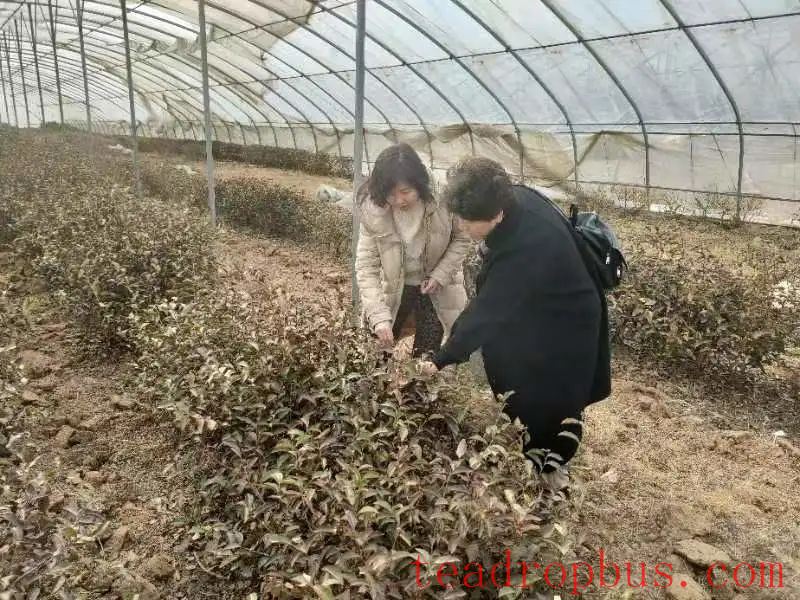
01
Prompt Irrigation, Adequate Bud-Stimulating Water
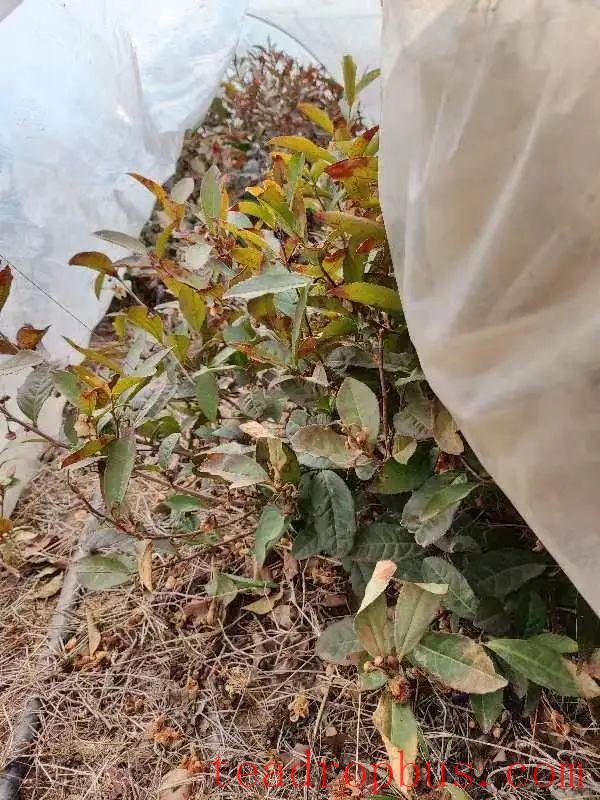
Prompt irrigation should be conducted based on the soil moisture conditions of the tea garden, applying adequate water to stimulate bud growth and ensure thorough watering. For tea gardens with insufficient soil moisture or those that did not receive sufficient winter irrigation, a full irrigation should be carried out once temperatures rise above 10 degrees Celsius. After watering, timely soil loosening and moisture preservation should be conducted to promote an increase in ground temperature, achieving the goal of nurturing roots and strengthening trees to promote sprouting.
02
Timely Removal of Winter Protection Measures
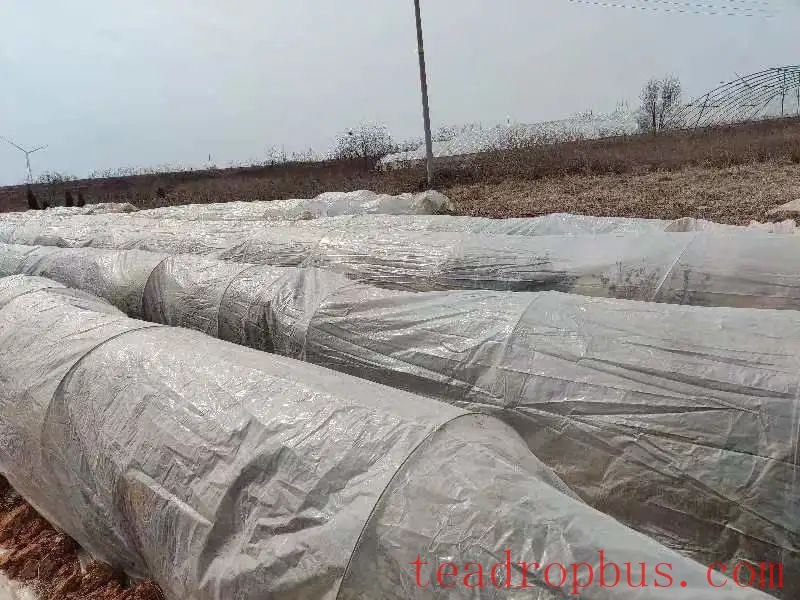
For tea gardens using simple protection measures such as windbreaks (film), canopy covering with straw, and inter-row straw mulching, the protective materials should be removed appropriately when the temperature stabilizes. For tea gardens that have been covered with soil for winter, the “two-step” method should be used for removing the soil; the first removal should take place around the Spring Equinox, removing half the height of the seedlings, and the second removal should be conducted around Qingming, completely removing all the soil. When removing the soil, care should be taken to avoid damaging the tea seedlings.
For tea gardens that have been protected with arch-shaped greenhouses (large, medium, and small), especially young tea gardens, when the temperature inside the greenhouse reaches 30°C, the film should be promptly lifted at both ends and on the south side for ventilation, lowering the internal temperature and preventing leaf scorching. Timely supplementation of water should also be carried out according to soil moisture conditions and weather situations. Generally, when the temperature stabilizes above 5°C, the films should be removed sequentially.
03 Pruning
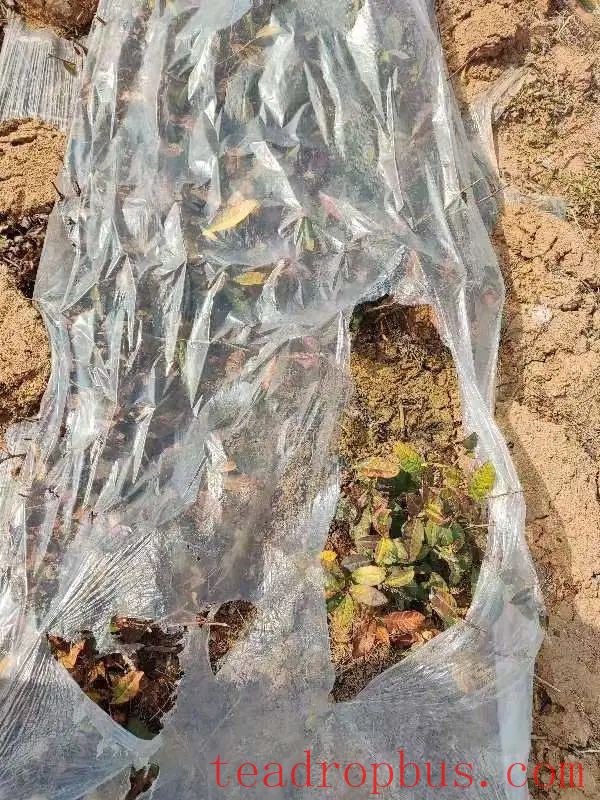
When temperatures stabilize, light pruning should be conducted throughout the garden, with a pruning depth of 3 to 5 centimeters. For producing gardens, light pruning should be done between the Awakening of Insects and the Spring Equinox periods. For young tea gardens, shaping pruning should begin around the Spring Equinox period. Attention should be paid to the pruning management of frost-damaged tea gardens; for frost damage reaching a depth of 7 to 15 centimeters, deep pruning should be performed, and for damage reaching over 15 centimeters, heavy pruning should be done, cutting down to the fresh cut surface. After pruning, all dead branches, leaves, and flowers within the garden should be thoroughly cleared to reduce sources of diseases and pests.
04 Precise Fertilization and Timely Hoeing
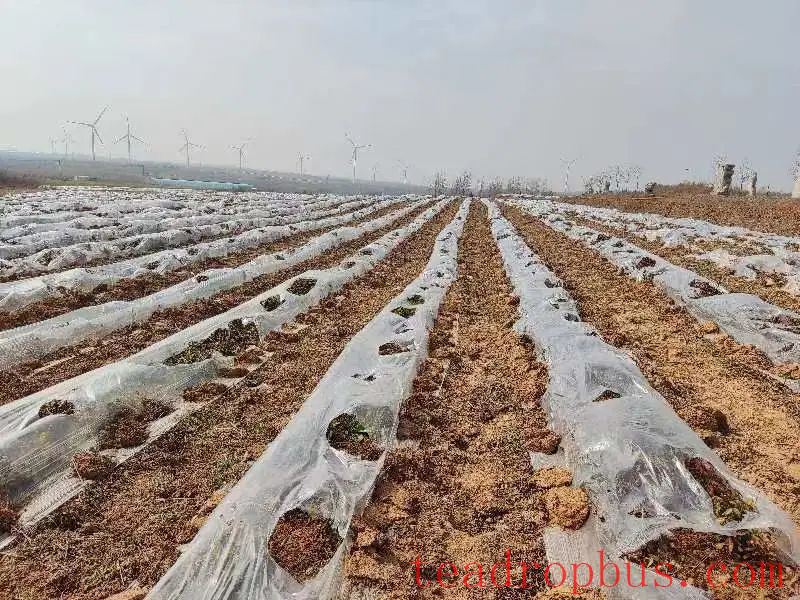
Fertilization should be implemented scientifically and precisely based on the nutrient status of the tea garden and the vigor of the trees. For tea gardens severely damaged by frost last winter, fertilization should be promptly applied to supplement nutrients and promote the recovery of tree vigor. Organic fertilizers and bio-fertilizers specifically formulated for tea trees should be selected, avoiding the use of growth regulators. Early budding varieties should be fertilized first. Nitrogen fertilizer should be ensured, with additional phosphorus and potassium fertilizers, and organic fertilizers if possible. Young tea gardens should increase the amount of phosphorus and potassium fertilizers, while producing gardens should mainly use organic compound fertilizers.
Hoeing should be conducted promptly after spring irrigation or rainfall, to a depth of 5 to 7 cm, leveling and smoothing the soil, preserving moisture while increasing ground temperature to promote the sprouting of tea trees.
05 Scientific Prevention of Diseases and Pests
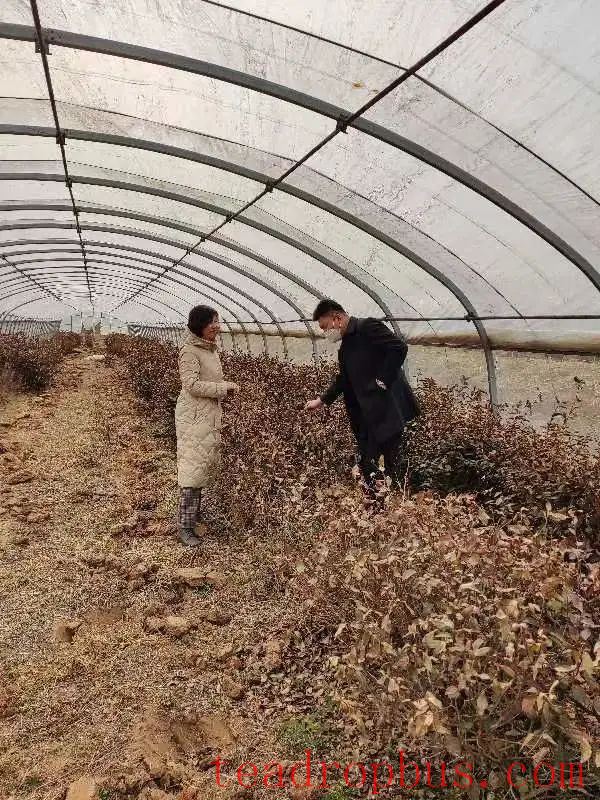
The disease and pest control strategy for tea trees should be based on ecological regulation, with physical and chemical luring control and biological control as the main focus, supplemented by scientific and rational pesticide use. One week before the buds sprout, use yellow boards, insect traps, and other methods to monitor the timing and quantity of key pests in the field, and prepare for control measures accordingly. Priority should be given to fitness cultivation, immune induction, light trapping, color board trapping, pheromone trapping, and biopesticides, as well as the protection and utilization of natural enemies. High-efficiency, low-toxicity, and low-residue pesticides should be used scientifically, safely, and rationally, promoting integrated pest management and green pest control to ensure the safety of tea products and the ecological security of tea gardens. Attention should be paid to plant quarantine for seedling transplanting and the introduction of new varieties to ensure they are not carrying diseases and pests.
06 Strengthen Disaster Prevention Measures
Prevent late spring frosts. Closely monitor weather forecasts and the sprouting situation of tea trees, enhancing monitoring and early warning. Before late spring frosts occur, information should be promptly disseminated through various channels such as the internet, radio, and television, organizing the harvesting of suitable tea gardens. Preventive measures such as canopy covering, soil irrigation, water spraying, and smudge pots can be employed to protect the tea trees from frost damage and minimize losses.
Information source: Horticultural Crops Division